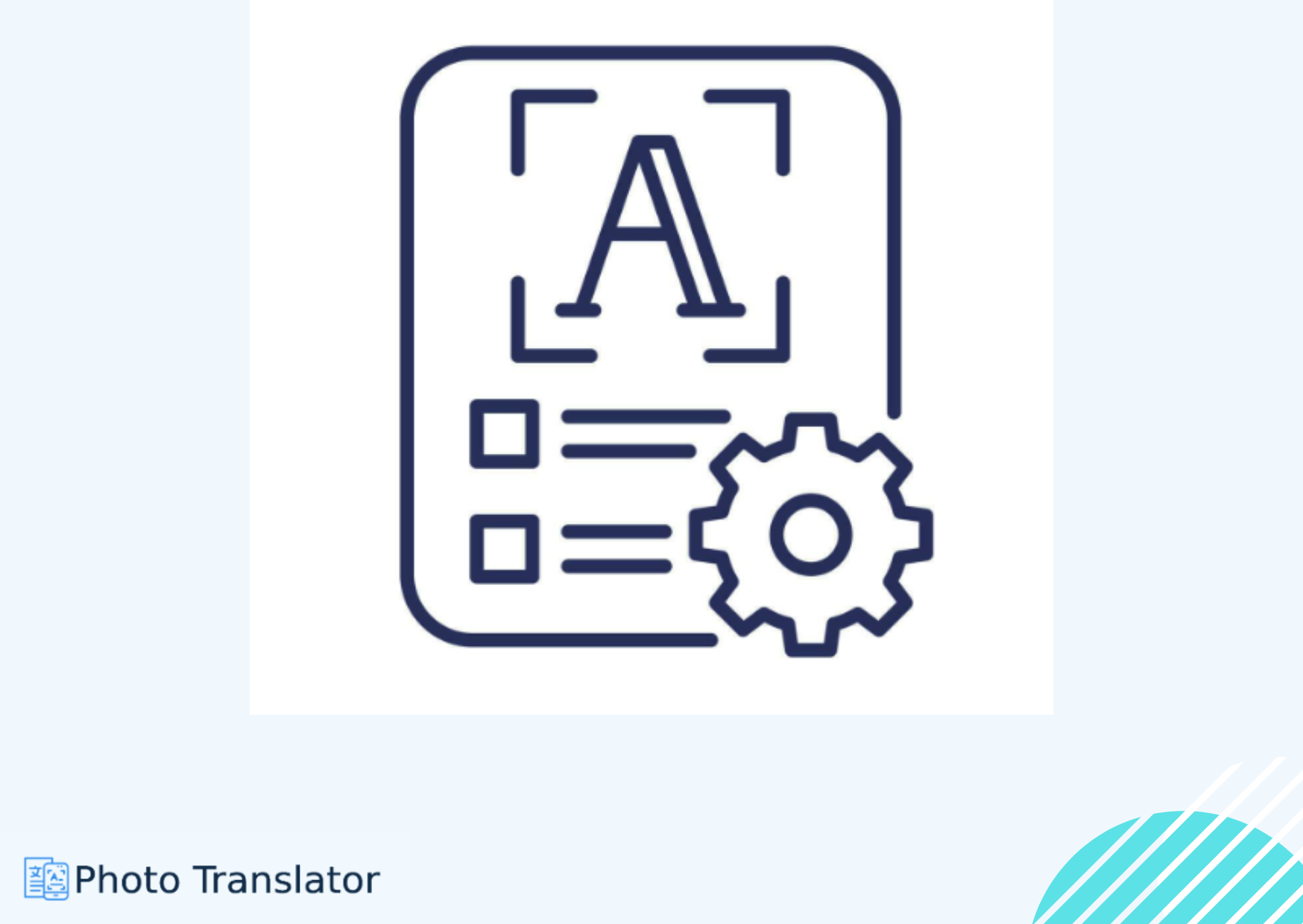The Ultimate Overview of ICR Technology
May 07, 2025
14 min read
May 07, 2025
14 min read

Intelligent Character Recognition (ICR) is not just a fancy technical term. The ability to read even the most sloppy handwriting is similar to having an extremely intelligent assistant. Businesses must improve their data management efforts to thrive in this digital age.
In this situation, Intelligent Character Recognition (ICR) emerged as a glimmer of hope, assisting businesses in accurately and efficiently processing their data.
In this article, we will explore the following sections:
What is ICR?
Key Difference: ICR vs OCR
How Does ICR Work?
Benefits of ICR
Real-World Applications of ICR
Intelligent Character Recognition (ICR) is a cutting-edge OCR technology that allows machines to recognize and process handwritten text, advancing traditional data extraction to new heights.
ICR technology primarily scans and extracts information from paper documents, which it then stores digitally in a database. This data integration easily synchronizes business workflows and provides useful input for analytical reporting.
OCR and the ICR engine combine to automatically extract data from forms, doing away with the necessity for human keystrokes during data entry.
OCR systems are able to identify printed text from scanned PDFs, images, and documents. Optical Character Recognition (OCR) is the process of identifying text in standard fonts and printed materials. It is ideal for digitizing books and documents and converting them into editable and searchable digital text. When presented with a typewritten document, OCR would quickly and accurately convert the image to text.
ICR is a highly advanced OCR form, on the other hand, that recognizes handwritten text and font styles using machine learning algorithms. It performs better on handwritten documents. It gradually increases data accuracy and adjusts to a large range of fonts and new handwriting styles. Businesses that deal with handwritten entries in forms or documents with various fonts can greatly benefit from ICR.
OCR software requires project management fees, while ICR technology automates the process fully.
A technology called robotic process automation sets up ICR software and performs tasks without making mistakes. Robotic process automation, ICR, computer vision, pattern recognition, artificial intelligence, and speech recognition expand the capabilities of contemporary ERP suites.
The following steps are part of the process:
Pre-processing: First, the document is scanned to prevent any noise or superfluous markings, adjust brightness, and improve clarity.
AI data extraction: ICR software transforms unstructured data into structured information. Before the retrieved data is used in different business processes, it is checked and confirmed for accuracy.
Post-processing: The system identifies the characters and then uses language rules to fix errors and increase precision.

Intelligent Character Recognition (ICR) is self-learning software that constantly understands, modifies, and transcribes information into digital databases.
ICR can help any business that deals with a variety of forms, letters, and papers on a regular basis. Let's discuss major benefits of ICR!
When compared to manual data entry, ICR has a significant error reduction. Machine learning makes sure that accuracy improves with each document processed. Companies that deal with vast amounts of data can expect errors. These errors can be considerably decreased with the use of an ICR solution that uses AI and machine learning.
ICR automates the process of accurately extracting information from papers through scanning. It speeds up data processing and lowers human error.
Manual labor and paper-based document management are eliminated when data extraction procedures are automated. It results in cost savings by saving employee time and resources and avoiding expensive mistakes. Companies reduce labor expenses and free up their teams to work on more valuable projects.
ICR software automates character recognition and minimizes the need for manual data entry. This saves time, reduces operational costs, and dramatically decreases human error.
Digital storage of documents reduces the possibility of losing or damaging physical files. The software includes security features such as encryption and user authentication.
Intelligent character recognition was developed to extract real-world information from paper documents and intelligently transform it into electronic formats that can be used.
Law firms and legal departments use ICR software to extract handwritten data from contracts, case files, and handwritten forms. The technology also automates the legal discovery phase, which previously required laborious manual labor.
Lawyers or highly compensated legal assistants typically carry out the task, so ICR automation results in significant cost savings.
NBFCs, banks, and other financial institutions collect vast amounts of consumer information. Information is automatically extracted from handwritten checks with the assistance of ICR. It improves the detection of fraud and simplifies the processing of deposits.
Hand-filled loan applications are processed by ICR which extracts essential information such as employment, financial, and personal details. Furthermore, reducing data entry errors speeds up the loan approval process.
Logistics companies extensively use ICR, particularly for tracking and managing shipping documents. Automatically entering shipping information from handwritten or printed forms into systems reduces data entry errors and improves package tracking.
The medical field uses ICR to digitize handwritten patient records and extract vital medical information for electronic health records.
ICR extracts information from handwritten prescriptions, including frequency and instructions, and provides it for patient follow-up care.
Retailers and businesses that sell online use ICR to process handwritten orders, invoices, and customer satisfaction surveys.
Customers have a smoother and more satisfying experience because it processes orders quickly. Effective transaction processing also makes it possible for companies to expand their operations.
ICR shows itself to be a simple approach to error reduction while also optimizing the use of time and human resources.
You can drastically cut down on manual errors and streamline procedures by incorporating ICR into your business operations. Consider researching the topic further to learn more about how ICR can improve your operational efficiency. Furthermore, explore how it can change your data management procedures.
© Copyright 2025 | Photo Translator, All rights reserved